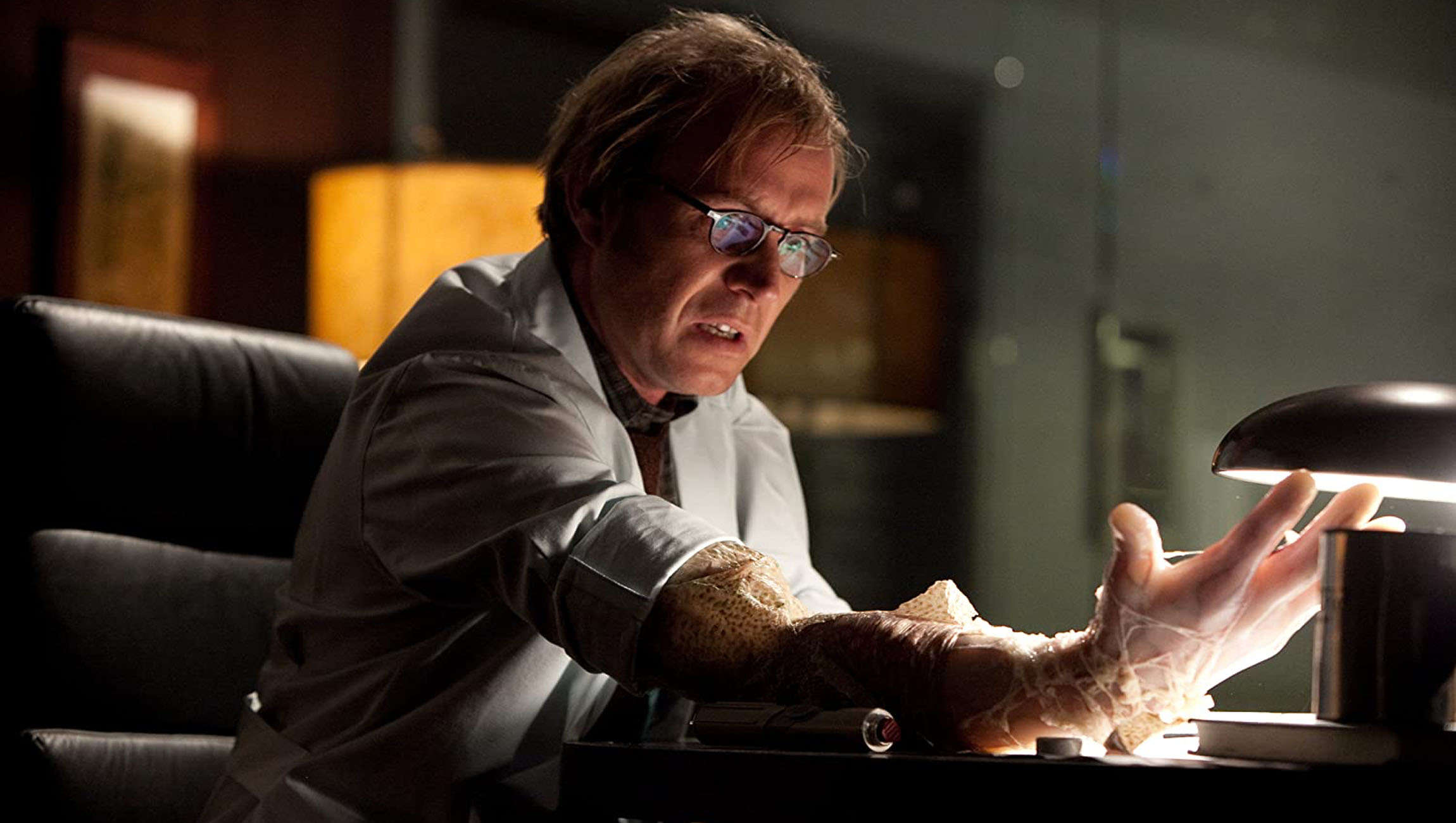Create a free profile to get unlimited access to exclusive videos, sweepstakes, and more!
This sea urchin started to regenerate even after losing nearly half its body

Lizards (or The Lizard from The Amazing Spider-Man) aren’t the only creatures that can regenerate lost body parts.
Maybe reptiles can regrow lost tails, but even they have something to learn from the sea urchin. It might be the last creature you’d expect to pull off something like this, but Max Wisshak and his team of scientists recently filmed, for the first time ever, a sea urchin trying to regenerate. It had lost a third of its shell and several vital organs, but still crawled for at least 43 more hours, even evading a hungry giant crab. How this echinoderm could still manage to crawl after what it had been through was surreal.
“Despite the loss of half the aboral region of the test, including existential organs, the sea urchin continued to move across the seafloor for more than 43 hours, thereby escaping another predation attack by a large crab,” Wisshak said in a study recently published in Polar Biology. “The observed behaviour is grounded in the peculiarity of the sea urchins’ nervous system where locomotion is controlled by a decentralised ectoneural system in the epithelium, large parts of which had remained intact after the traumatic event."
Echinoderms are strange enough for sci-fi. Starfish might be the best known and most studied of this phylum, which also includes sea cucumbers and crinoids. They all have a primitive decentralized nervous system instead of a brain. Asteroids — not the space rocks but the star-shaped marine animals — can easily regrow arms when they are preyed upon. While this is the most obvious example, regeneration in sea urchins has not been well documented until now.
Sea urchins need to watch out for durophagous predators that live off smaller shelled animals, like crabs, lobsters, and some fish. Wisshak’s team cannot say for sure whether the urchin’s severe injuries were from escaping a predator or the less likely event of being accidentally struck with camera equipment. They believe it had probably scuttled away after surviving the claws of something.
S. droebachiensis, or the green sea urchin, was the unlikely superhero. Observations revealed that it had a significant part of its shell missing and that several vital organs, including some of its intestines, were gone. More intestines were damaged later on when it encountered a predatory spider crab. But it was able to keep going since an urchin gets around on its spines or tube feet, and spine muscles are connected to the part of the nervous system that controls movement, which remained unscathed.
If the injury had occurred while escaping a predator, there is no way of knowing when that encounter happened. On the off chance it was injured by the camera equipment being lowered, the scientists figured it must have survived for at least six days. Video footage documented it still crawling about 43 hours after it was first observed. No one can say how long it continued across the seafloor after cameras were shut off. Whether the urchin was able to regenerate completely also remains a mystery, but many examples of both fossilized and extant sea urchins have proven that they were able to regenerate entire parts of their shells.
Sea urchins are just another example of how, as vast as the human imagination may be, natural phenomena continue to inspire science fiction.














